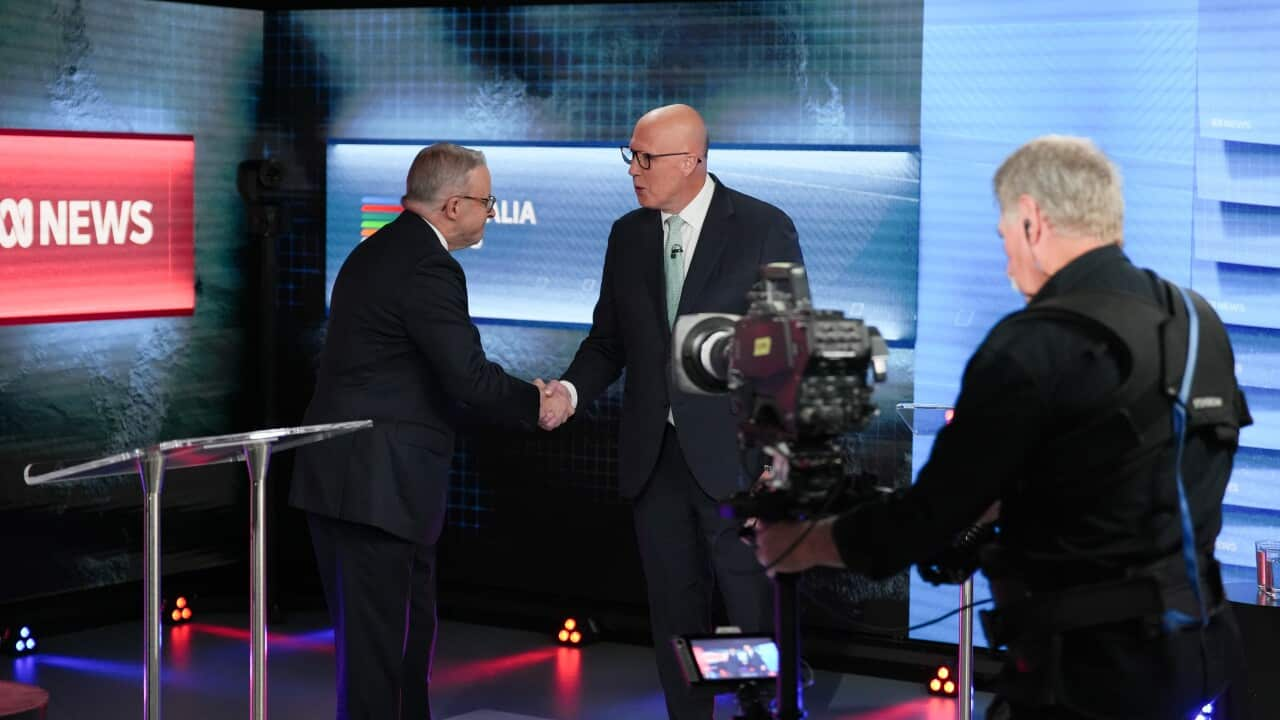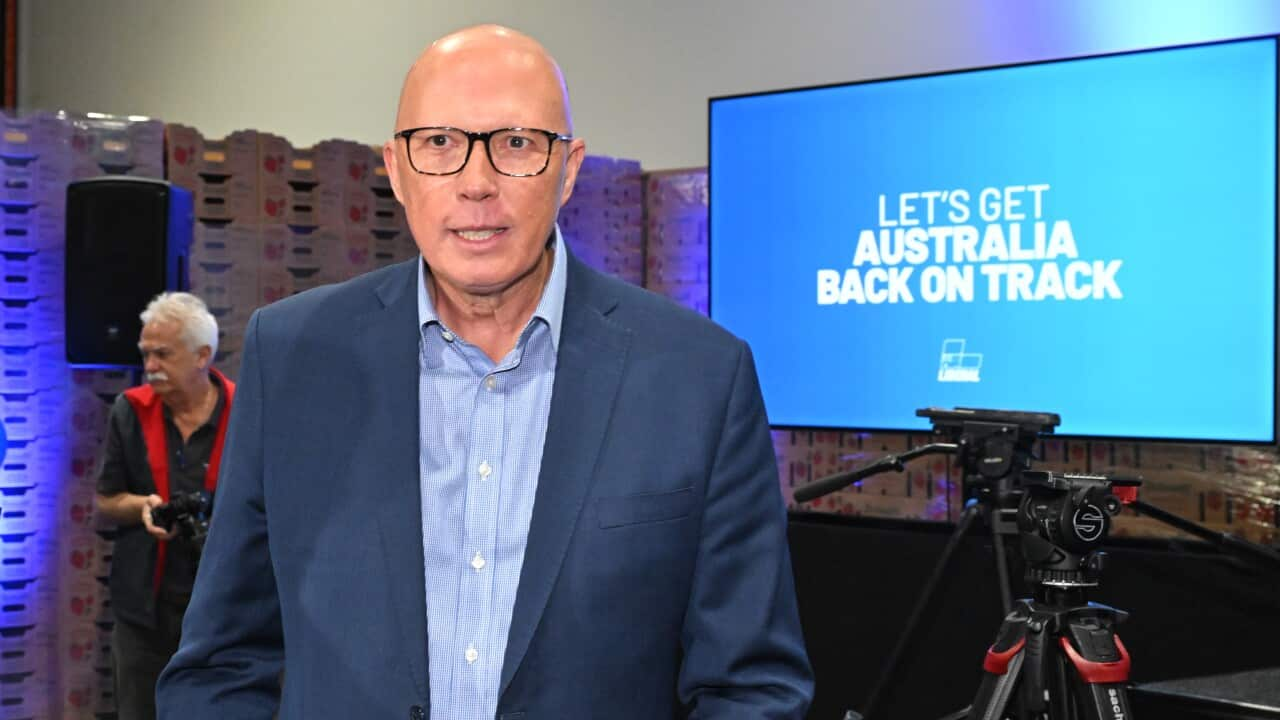Conflicting signals from inside the Coalition are again raising questions about the lack of detail in its nuclear energy plans.
In mid-2024, Opposition Leader Peter Dutton announced that if elected, he would create seven nuclear power plants across New South Wales, Victoria, Queensland, South Australia, and Western Australia, pledging that it would lead to cheaper energy.
The proposal has faced broad criticism from climate scientists who say it is costly and unrealistic. But this week, a senior Coalition frontbencher who represents one of the potential nuclear sites also queried whether there was enough water available to build and run it.
Why is water a concern?
Nuclear power plants require vast amounts of water for cooling and safe operation, which has raised concerns given that Australia is a country grappling with water scarcity.
In Wednesday's election , Dutton said that "they are already water allocations to each of the seven sites that have been located" when asked about the issue.
"We've looked at the water allocations for each of those sites ... We're comfortable with the analysis that we've done," Dutton told the ABC, before referring to modelling the Coalition commissioned last year on its nuclear plan from Frontier Economics, even though the work did not tackle the question of water.
But just hours before the debate, Darren Chester, the member for the Victorian coastal seat of Gippsland, which is one of the suggested nuclear sites, told ABC radio that it will take more than two years to determine the water supply availability.
He said that a "full site characterisation study based on facts not opinions" has to be done to see if there is enough water to sustain the site.
"The experts in the field would be required to report on all seven sites around issues surrounding water and seismology."
This month, a report commissioned by Liberals Against Nuclear — a grassroots group comprising Liberal Party supporters who oppose the Coalition's plan — found that 90 per cent of the proposed nuclear power generation is either already water-constrained or very likely to be from 2040 to 2120.
"The water footprint of proposed inland nuclear power needs to be much more prominent in current debates," the report stated.
'We'll work to find consensus'
Dutton has continued to frame nuclear power as the only feasible and proven technology capable of firming up renewable energy sources, but he's continued to receive some pushback from within his party.
Last year, Queensland's Liberal Premier David Crisafulli said he would oppose plans to build two nuclear plants in his state, and that he did not support lifting Australia's moratorium on nuclear power, which bans the construction and operation of nuclear power plants under federal law.
In response to a question in Wednesday's leaders' debate about state opposition to his plan, Dutton said that, if necessary, he would "exercise" Commonwealth powers — a tool which allows the federal government to override state laws in certain situations.
“We’ll work to find consensus. If we can’t find consensus, then we’ll do what’s in our country’s best interests.”



